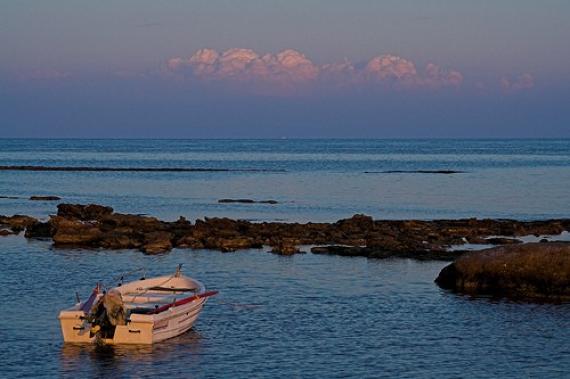Kefalonia is the sixth largest island in Greece and the largest in the Ionian Sea. It covers a total area of 786 square kilometres and its coastline is 254 kilometres long. The population is about 35.801 people (2011 census). Two thirds of the population live in Lixouri and Argostoli.
\r
\rArgostoli is the capital of the island, whereas Lixouri and Sami are the two other major towns. The competition with the other Ionian Islands and the rivalry between Argostoli and Lixouri are regarded with humour by residents and visitors. Along with Ithaca, the island belongs to the prefecture of Kefalonia.
The legend has it that Kefalonia got its name by the mythological figure of Cephalus who became the king of the island in the ancient times. Another alternative suggests that it comes from the Greek word for head – “kefali”. Most of the surnames of Kefalonian origin end in –atos, whereas most of the village names of the island end in –ata.
The landscape of Kefalonia as well as its geomorphology differ greatly from those of the rest of the Ionian islands. The ground is rich in limestone and there are beautiful, mostly pebbly beaches and stunning caves, like for instance the Melissani Cave. The biodiversity of the island is also rich as there are large numbers of endemic and other rare species, while there are several regions that belong to the Natura 2000 network. Mount Aenos is the highest mountain of Kefalonia and the most dominating one. It is a natural park with the indigenous Abies Cephalonica (aka black fir trees) growing on the top of it. The loggerhead turtles of the Mediterranean prefer certain beaches on the island of Kefalonia to lay their eggs, whereas monk seals swim in the east coast between Kefalonia and Ithaca.
The human presence dates back to the Palaeolithic age and the first signs of organised life on the island appeared in the first half of the 2nd millennium BC. There are a lot of important archaeological sites around the island from the Mycenaean period to more recent times. One of the most important sites is the Mycenaean vaulted tomb. The majority of the archaeological findings are exhibited at the Archaeological Museum of Argostoli.
Because of its strategic position, the island saw a lot of occupiers, with the Venetians, the French and the British being among them. The Venetians influenced the arts and culture of the Ionian islands greatly. The British handed the Ionian islands back to Greece in 1864 as a gesture of goodwill. During World War II, Kefalonia was occupied by the Italians and Germans. When Italians were ordered to leave, fights with the Germans broke out. The former were defeated by the latter and Germans executed thousands of the remaining Italian troops. There is a memorial dedicated to the Italian Acqui Division on the island.
In post-war era, the earthquake of 1953 was one of the most devastating events in the history of Kefalonia, as it destroyed almost the entire island, leaving intact just a few villages on the north side, including Fiscardo. The magnitude of the earthquake was 7.3 on the Richter scale and the epicentre was directly under the southern tip of the island. It caused the island to be raised 60cm higher than it used to be and it remains like this until today. The damage to economy was tremendous, since it cost millions of dollars.
In the 20th century, the economy was based mostly on the exports of the famous Robola wine of Kefalonia and raisins. The wine production still exists, but in a smaller extent. Today, the locals have focused on fish farming, calcium carbonate and tourism. The latter started in the 19th century, but the island became a destination popular to the mass only after the 1980s. The film "Captain Corelli’s Mandolin" enhanced the popularity of the island even more, but Kefalonia still remains an unspoiled region with beautiful, peaceful beaches and villages. It has kept its identity and natural beauty while being able to offer first class services to its visitors.







 'Boat at Turtle Beach' - Attribution:
'Boat at Turtle Beach' - Attribution: